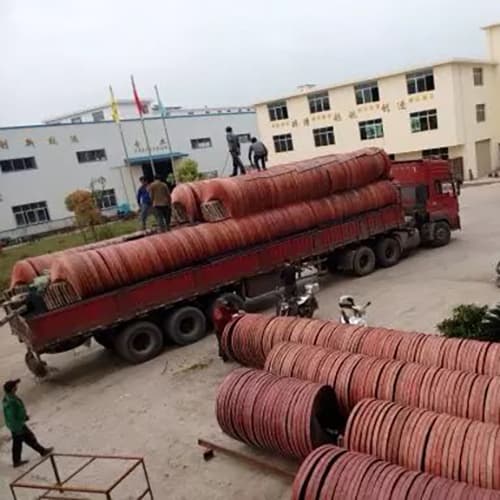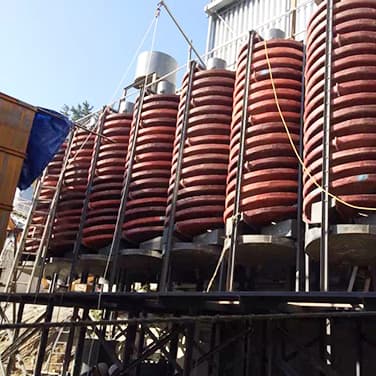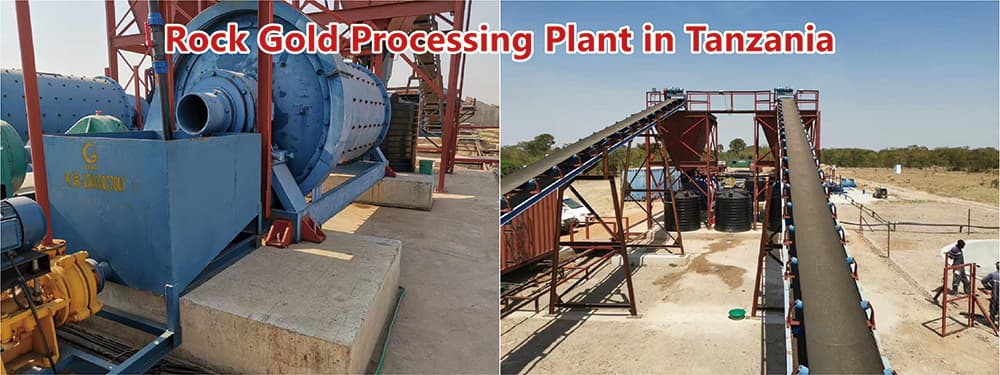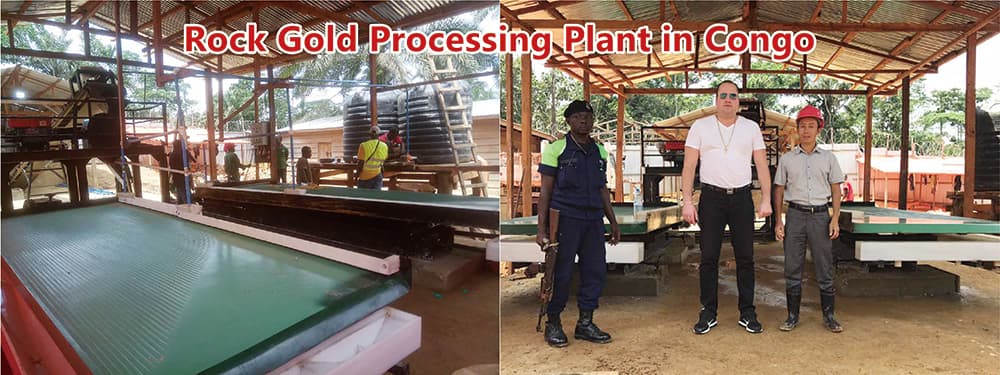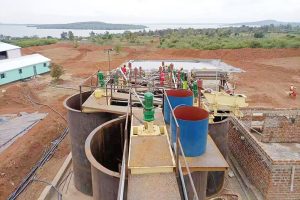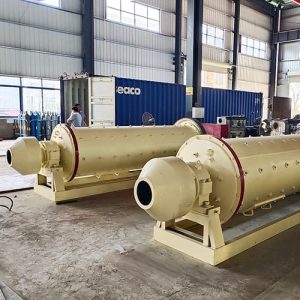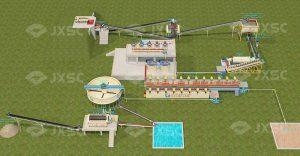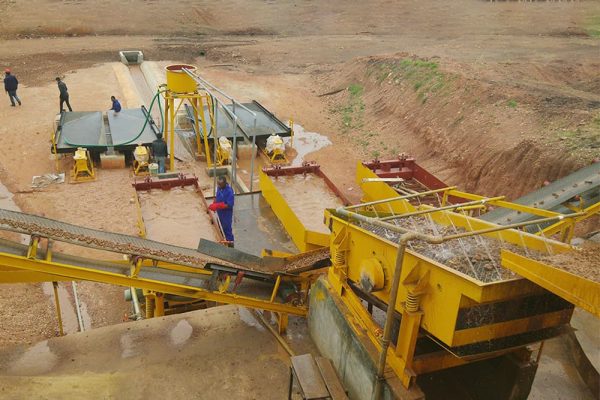
Gravity separation is a method that uses differences in mineral specific gravity to sort valuable minerals. The specific gravity of heavy minerals is usually greater than that of gangue, so during the gravity separation process, they will settle in the medium at different speeds, effectively separating valuable minerals.
The materials processed by gravity separation have a wide range of particle sizes and are especially suitable for processing heavy minerals. Its principle is simple and its cost is low, making it the preferred method for recovering valuable minerals from heavy minerals. Factors that affect the gravity separation method include the specific gravity, particle size, and shape of the mineral; the density and particle size of the medium.
The main applications are:
① Separation of precious metals such as gold and platinum;
② Separation of chorme, tungsten, tin, tantalum and niobium ores;
③ Processing of placer ores containing rare metal element minerals, such as the separation of beach sand ores;
④ Separation of hematite and limonite;
⑤ Separation of manganese ore;
⑥ Coal preparation plant separates coal and gangue;
⑦ Separation of some non-metallic minerals from gangue, such as asbestos, mica, kaolin, sepiolite and diamond;
⑧ For non-ferrous metal ores such as lithium, copper, lead, zinc, etc., which are mainly processed by flotation method, use gravity separation method for pre-enrichment;
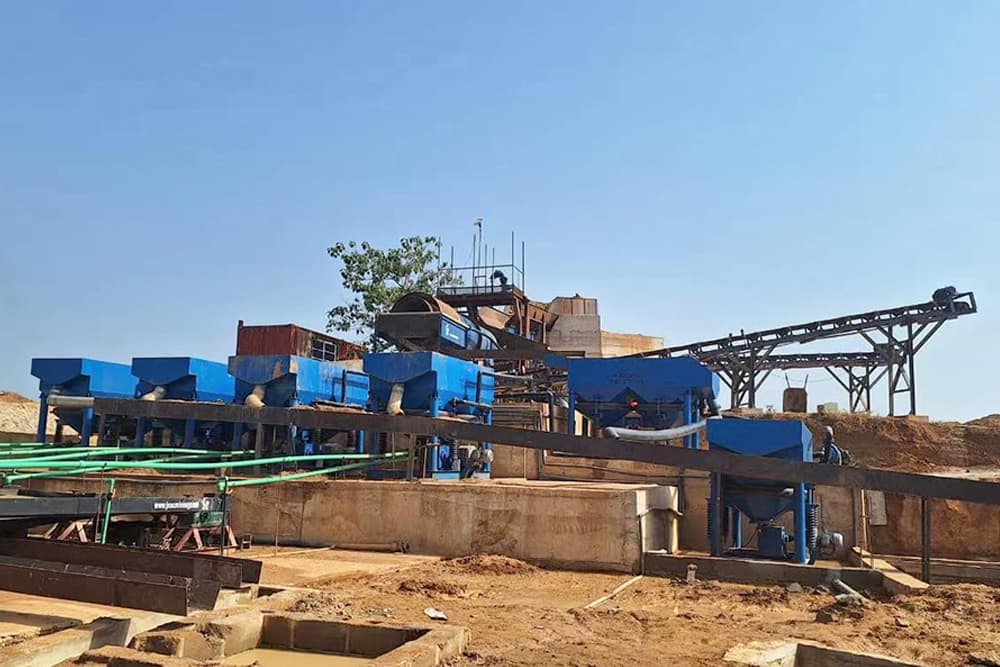
The main methods used in the gravity separation method include shaking table mineral processing, jig separator mineral processing, and Spiral washing mineral processing.
(1) Jigging mineral processing
The jig separator is suitable for the separation of coarse and medium-grained materials. It can handle the maximum particle size of 16mm and the minimum particle size of 0.5mm.
In a jig separator, a layer of medium is usually placed as a mineral deposit. The jig chamber periodically provides an upward flow of water. The water flows through the mineral deposit and ore. Ore particles with a specific gravity are deposited into the bed, and a heavy mineral layer is formed after multiple cycles. Light minerals are discharged from the tail with the water flow.
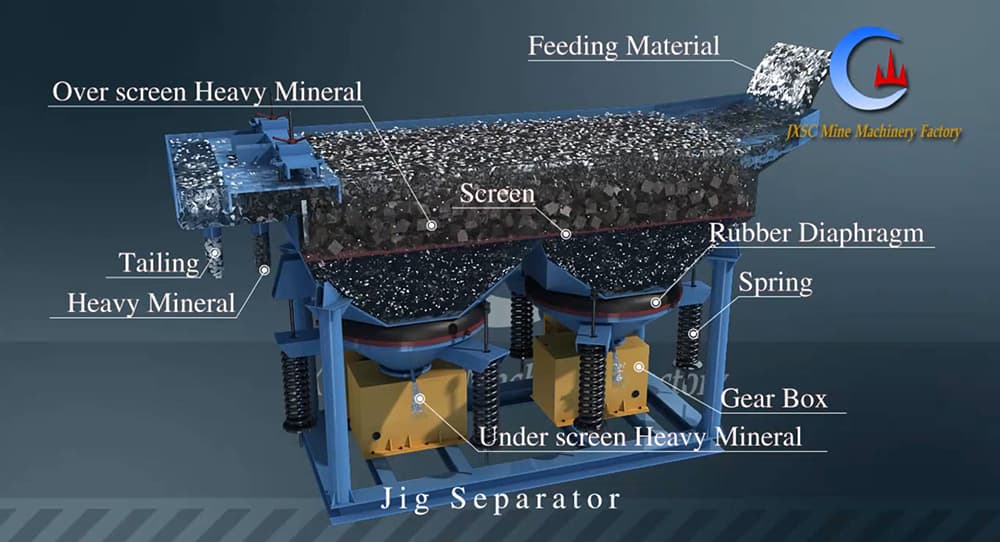
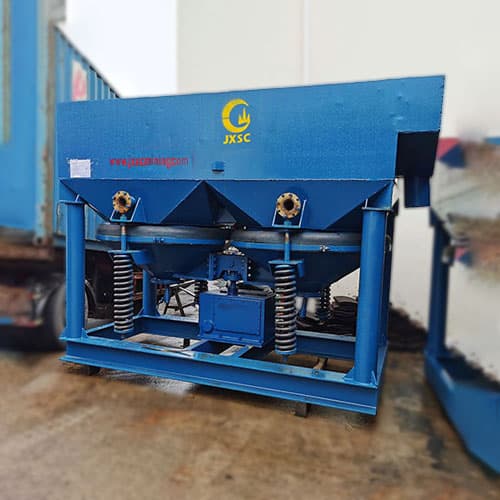
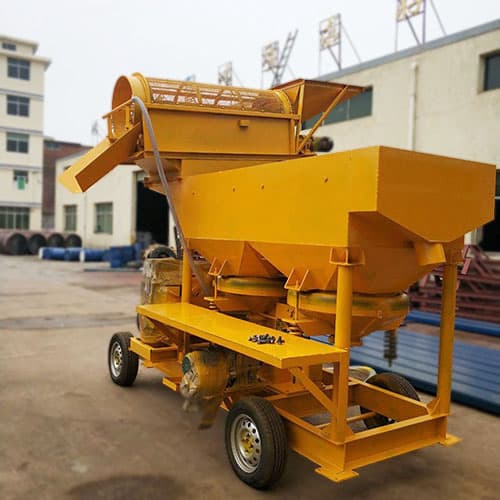
(2) Shaking table mineral processing
Shaking table mineral processing is one of the most widely used gravity separation methods for separating fine-grained materials. The upper limit of sorting particle size is 2-3mm, and the lower limit is 0.037mm. According to the selected particle size, it can be divided into ore shaker and slime shaker. The ore shaker is used to separate materials with a diameter of 2 to 0.2mm, and the slime shaker is used to separate materials with a diameter below 0.2mm.
The motor of the shaking table drives the bed surface to reciprocate longitudinally, and the water tank supplies transverse flushing water at the same time. The slurry is fed from the feeding trough to the bed surface. Under the action of the transverse water flow and the longitudinal movement of the bed surface, the ore particles are gradually dispersed and pushed. Ore particles with different proportions of specific gravity and particle size move in different directions and speeds, and are gradually stratified. The ore particles with larger specific gravity travel the farthest lateral distance under the erosion of water flow, and are finally collected from the concentrate tank.
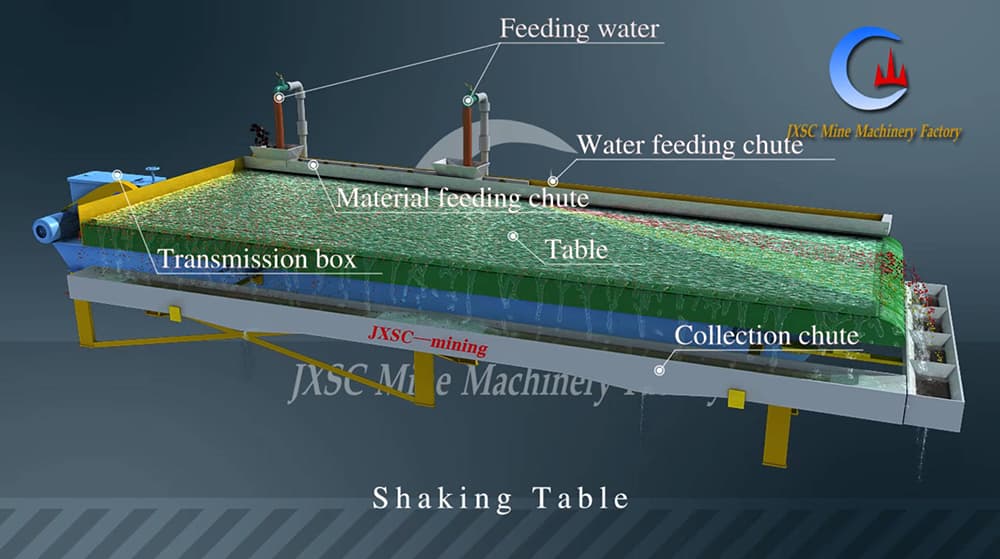
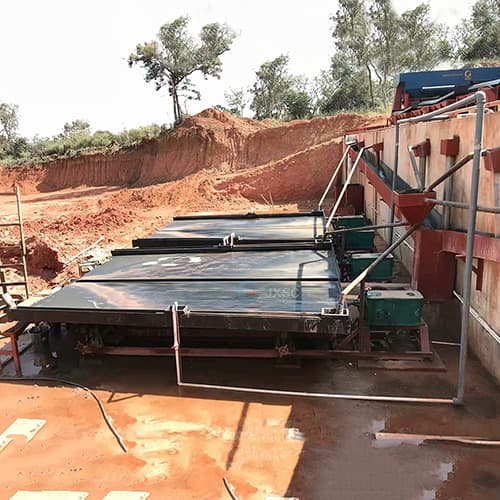
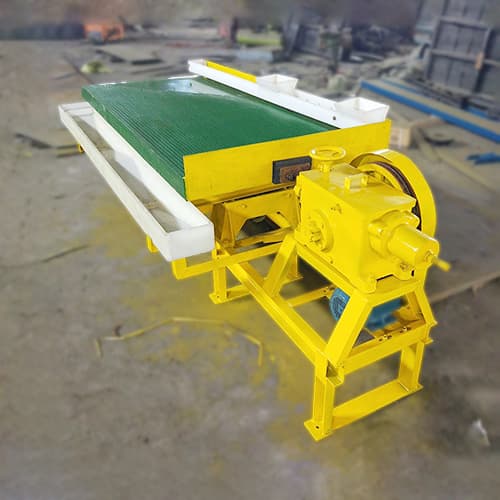
(3) Spiral washing mineral processing
Spiral washing uses water flow on an inclined plane to process minerals.
Under the erosion of water flow, the slurry is affected by its own gravity, centrifugal force and friction on the tank surface, so that the ore particles are distributed in different areas in the tank. Mineral particles with smaller specific gravity are taken away by the water flow, thereby achieving effective separation of heavy minerals.
The chute is suitable for separation of coarse particles and slime. Types include centrifugal chute and gravity chute.
a. Gold Centrifugal Concentrator (also known as horizontal centrifugal chute): Gold Centrifugal Concentrator is suitable for processing fine-grained materials. Its suitable ore feeding particle size is 0.074~0.01mm, and it can effectively recover 0.037-0.019mm sludge.
The hollow conical drum inside generates centrifugal force when rotating. Under the action of centrifugal force, minerals with high specific gravity will be collected against the inner wall, while the tailings will be discharged from the gaps on the edge of the drum. When the concentrate is collected to a certain extent, it needs to be flushed with water to collect the concentrate, and then the separation process continues. There is a continuous working type Gold Centrifugal Concentrator, which can continuously feed minerals without interruption.

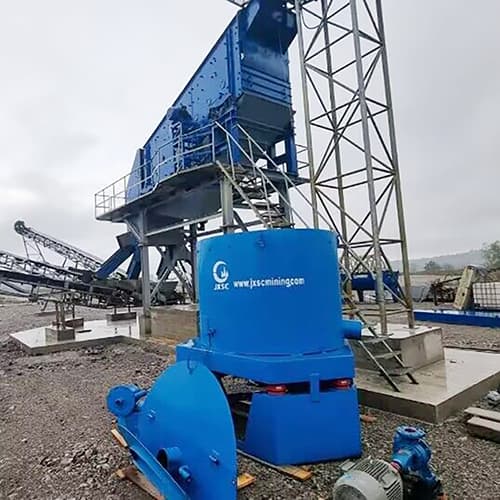
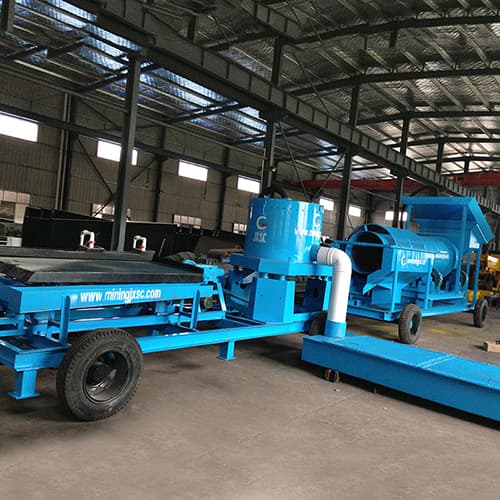
b. Spiral concentrator (also called spiral chute): the processing particle size is generally 2-0.07mm. It has simple structure, large processing capacity, small floor space and no need for power.
The spiral chute is mainly composed of multiple turns of spiral chute. The slurry is fed from the tank. Under the action of water flow, gravity and centrifugal force, the ore particles with heavy specific gravity are close to the inner edge of the tank, and the ore particles with small specific gravity are close to the outer edge of the tank. Finally, it enters the corresponding concentrate tank and tailings tank. The spiral chute is suitable for processing minerals with good monomer dissociation, and also has good effects on gravity separation, flotation, and magnetic separation tailings treatment.

